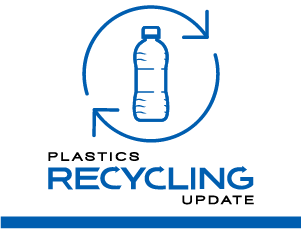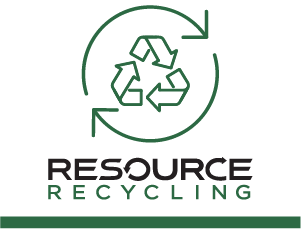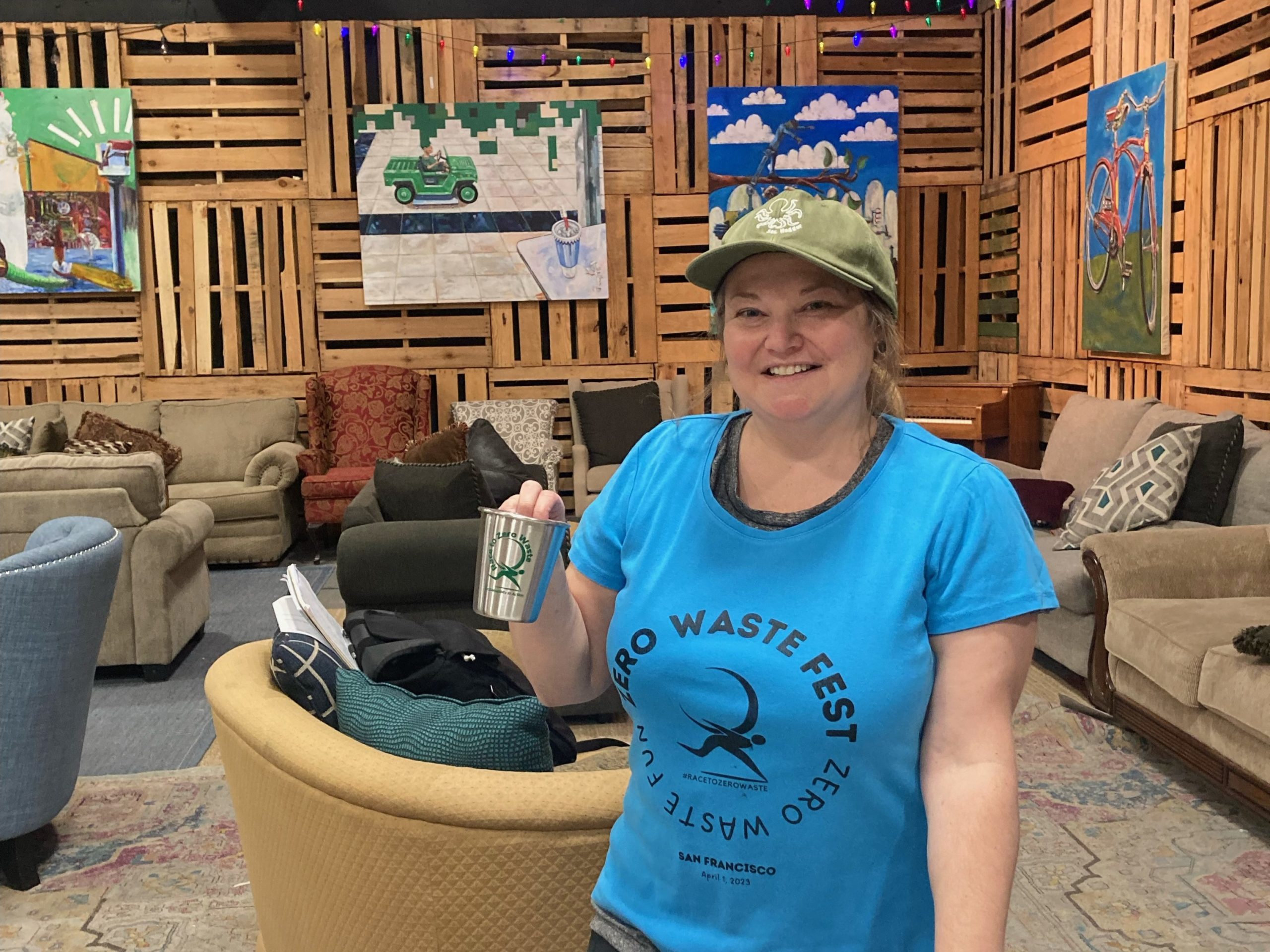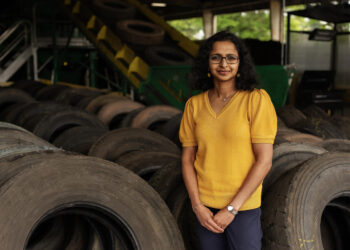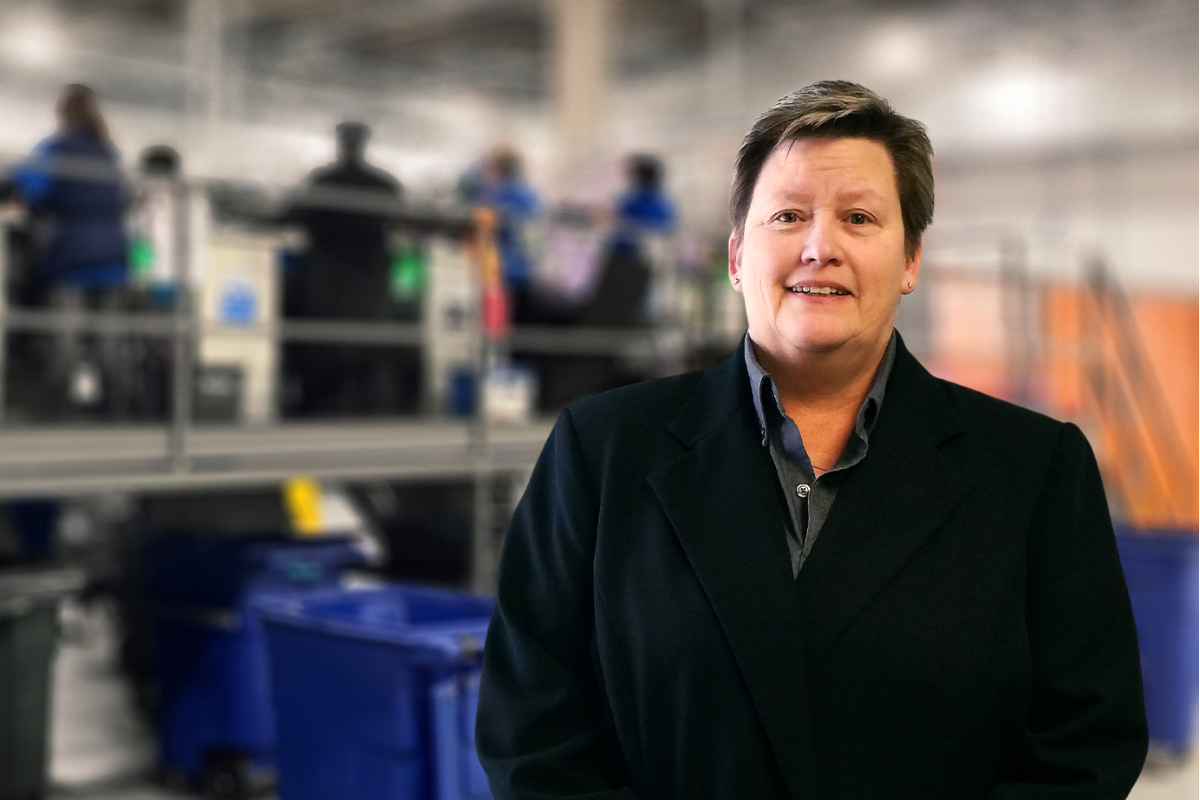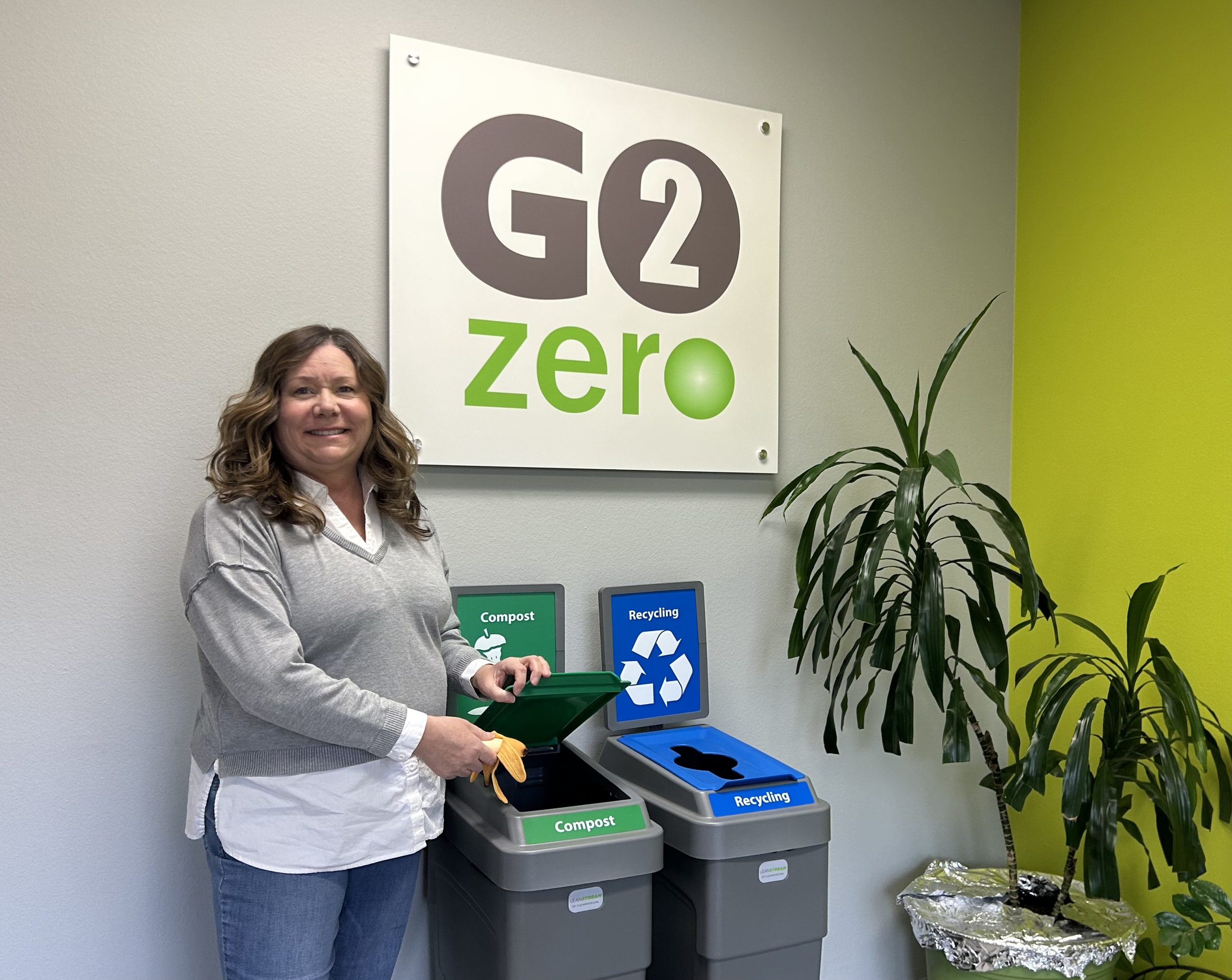A warm welcome back to “Women in Circularity,” where we shine a light on women moving us toward a circular economy. This month, I was pleased to connect with a leader in community-based circular solutions: Teresa Bradley. Teresa is the CEO of Race to Zero Waste. Race to Zero Waste is a nonprofit dedicated to advancing zero waste principles and an equitable circular economy through education, action and advocacy to reduce single-use plastics and address the urgent challenges of our changing climate. Teresa has over 20 years of experience in zero waste operations and advocacy.
How has your academic background influenced your professional journey in the circular economy?
My background in geography and Master of Science in Environmental Management laid the foundation for how I understand the interconnectedness of people, place and policy. It gave me a systems-based lens that is critical for advancing circularity. Geography taught me to think spatially and see the global implications of local actions, while environmental management sharpened my focus on waste as a design flaw. These perspectives have shaped how I approach zero waste — not just as a technical solution, but as a deeply social and environmental movement.
What strategies have you found most effective in driving behavior change through public-facing zero waste initiatives?
One of the most effective strategies we have found at Race to Zero Waste is making zero waste feel approachable and visible. Our award-winning program to implement reusables and create Zero Waste Ambassadors at universities is a great example — it helps people see alternatives to single-use in action, not just theory. When individuals can physically participate in reuse systems, especially in a fun or in a community-oriented setting, it becomes more than just a concept — it becomes a habit. We also center equity in our messaging, ensuring that solutions are culturally relevant and accessible, which is key to long-term behavior change.
Can you share a program that has been particularly meaningful to you and why it stands out in your portfolio of work?
I am especially proud of our award-winning Zero Waste Station Pop-Up Program that is often used in parks, events and public spaces. It started in 2019 as an initiative and collaboration with San Francisco Recreation and Parks. We ended up receiving a grant from the San Francisco Environment Department between 2021-2023 to expand them in public spaces to divert material from beach cleanups, develop a social media campaign surrounding materials that were collected, develop a training guide, collect gently used items for reuse for the unhoused and expand our outreach and education at events.
What we learned is, these aren’t just sorting stations, they’re education hubs where we engage directly with the public. It’s meaningful because it turns passive moments into learning opportunities and because it builds community. Volunteers become advocates and attendees often leave with new knowledge, and sometimes with a reusable item in hand. It’s a tangible way to meet people where they are and demonstrate that zero waste isn’t an elite goal, but a collective journey.
Since 2019, we have provided these stations to over 20 events per year, diverted over 60 tons of material from landfill, educated over 85,000 people and have expanded our stations and training guide to Nevada, Arizona and New York. Lastly, we are pleased to have received $5,000 to expand more stations in Alameda County, California with several community based organizations.
What emerging trends in circularity do you believe have the greatest potential for large-scale impact in the next decade?
I’m excited about the scaling of reuse infrastructure, especially as it intersects with policy and producer responsibility. What was once niche is now gaining mainstream traction thanks to advocacy groups, cities and coalitions like Reusable Alameda County, CircularSTL and the National Recycling Coalition that are pushing for systems-level change. We’re also seeing a growing emphasis on climate justice within circularity, recognizing that waste and environmental burdens have not been equally shared. The integration of circular economy goals with environmental justice frameworks will be a game-changer in how solutions are designed and implemented.
What professional development opportunities would you recommend for those wanting to learn more about systems thinking?
The TRUE Advisor credential was a game-changer for me. It’s a great tool for understanding zero waste systems thinking through the lens of materials management and organizational change. I also highly recommend attending the National Recycling Congress in Wichita, Kansas this year. It’s a gathering of thinkers and doers who are applying circular principles in real-world contexts, and the conversations there always expand my thinking and strengthen the movement.
MaryEllen Etienne is the creator of “Women in Circularity.” Etienne works on the Market Transformation and Development team for the U.S. Green Building Council. She has over 20 years of experience in sustainability and is a champion of the circular economy.



